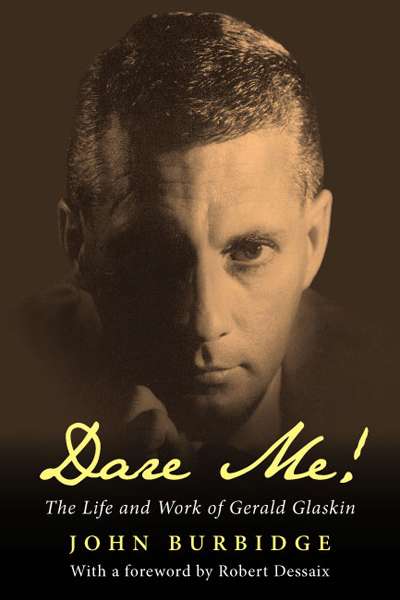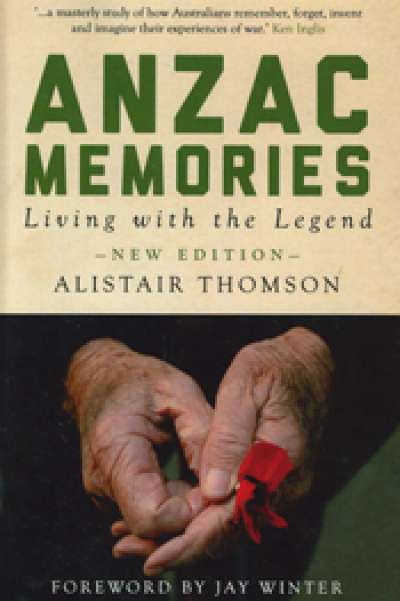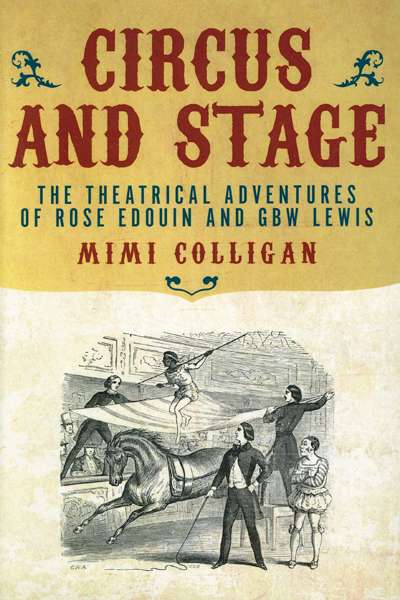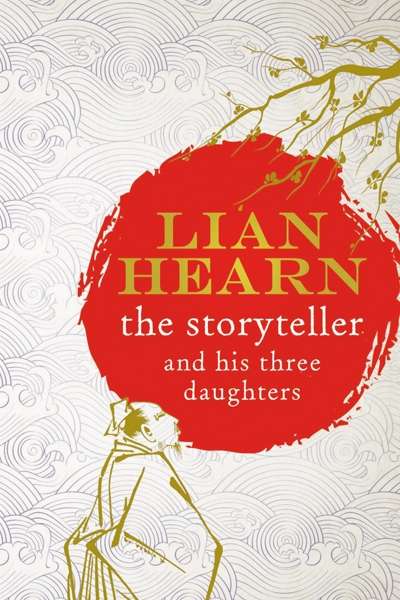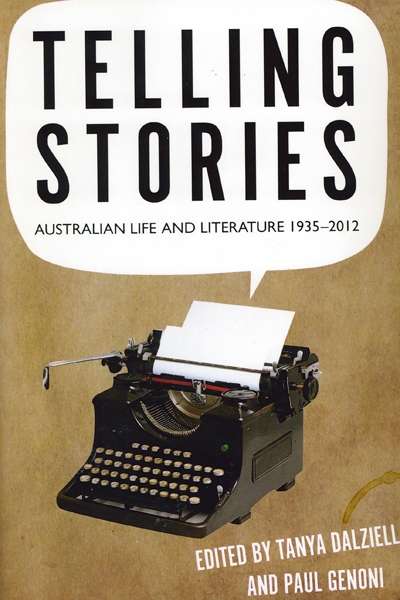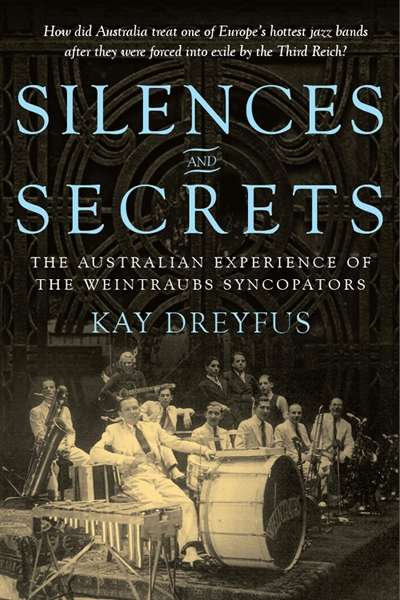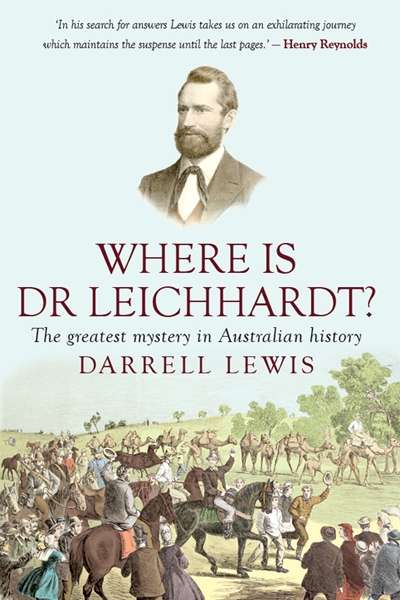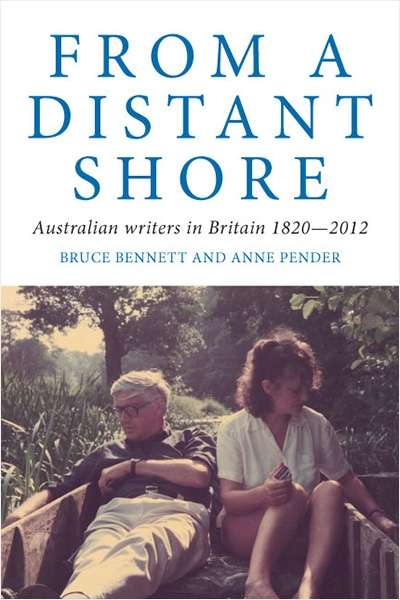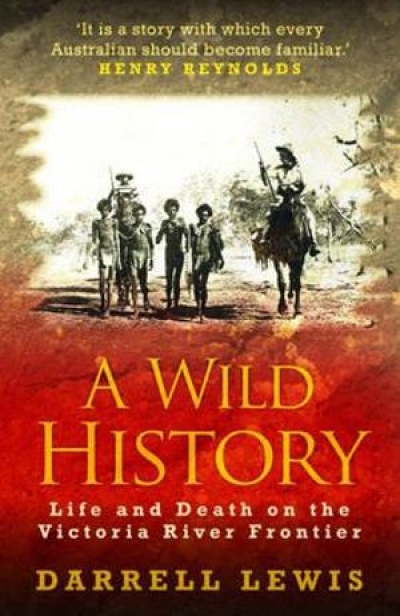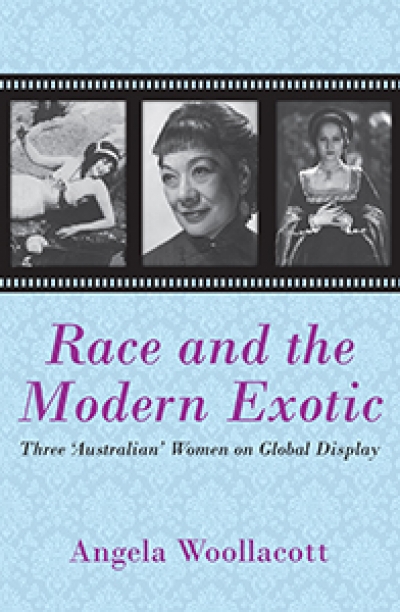Monash University Publishing
Dare Me!: The life and work of Gerald Glaskin by John Burbidge
by Jeremy Fisher •
Anzac Memories: Living with the legend, Second edition by Alistair Thomson
by Joan Beaumont •
Circus and Stage: The Theatrical Adventures of Rose Edouin and G.B.W. Lewis by Mimi Colligan
by Jay Daniel Thompson •
The Storyteller and his Three Daughters by Lian Hearn & Henry Black by Ian McArthur
by Alison Broinowski •
Telling Stories: Australian Life and Literature 1935–2012 edited by Tanya Dalziell and Paul Genoni
by Susan Lever •
Silences and Secrets: The Australian Experience of the Weintraubs Syncopators by Kay Dreyfus
by Colin Nettelbeck •
Where is Dr Leichhardt?: The greatest mystery in Australian history by Darrell Lewis
by Martin Thomas •
From a Distant Shore: Australian Writers in Britain 1820–2012 by Bruce Bennett and Anne Pender
by Ros Pesman •
A Wild History: Life and death on the Victoria River frontier by Darrell Lewis
by John Rickard •
Race and the Modern Exotic: Three 'Australian' women on global display by Angela Woollacott
by John Rickard •

